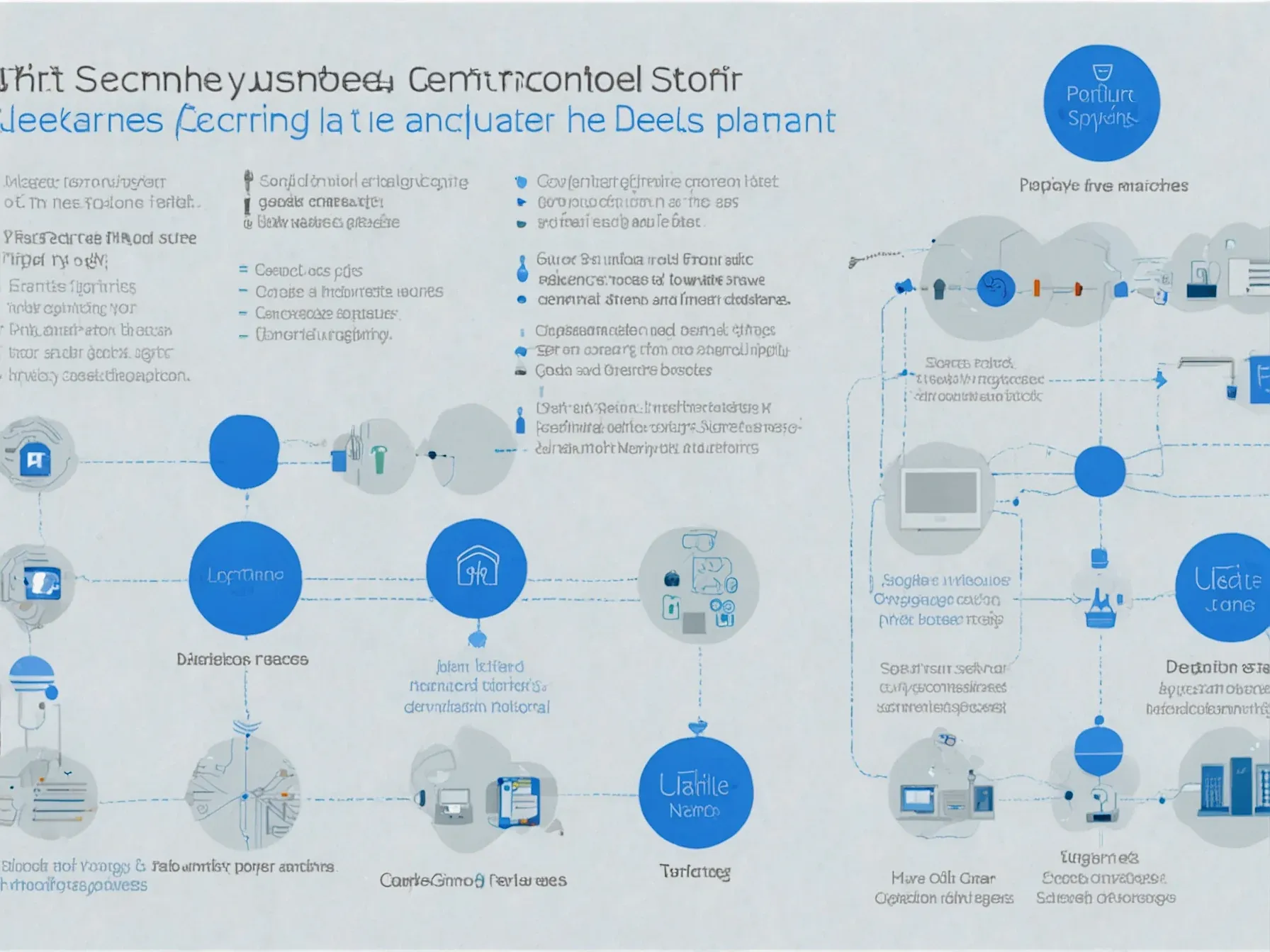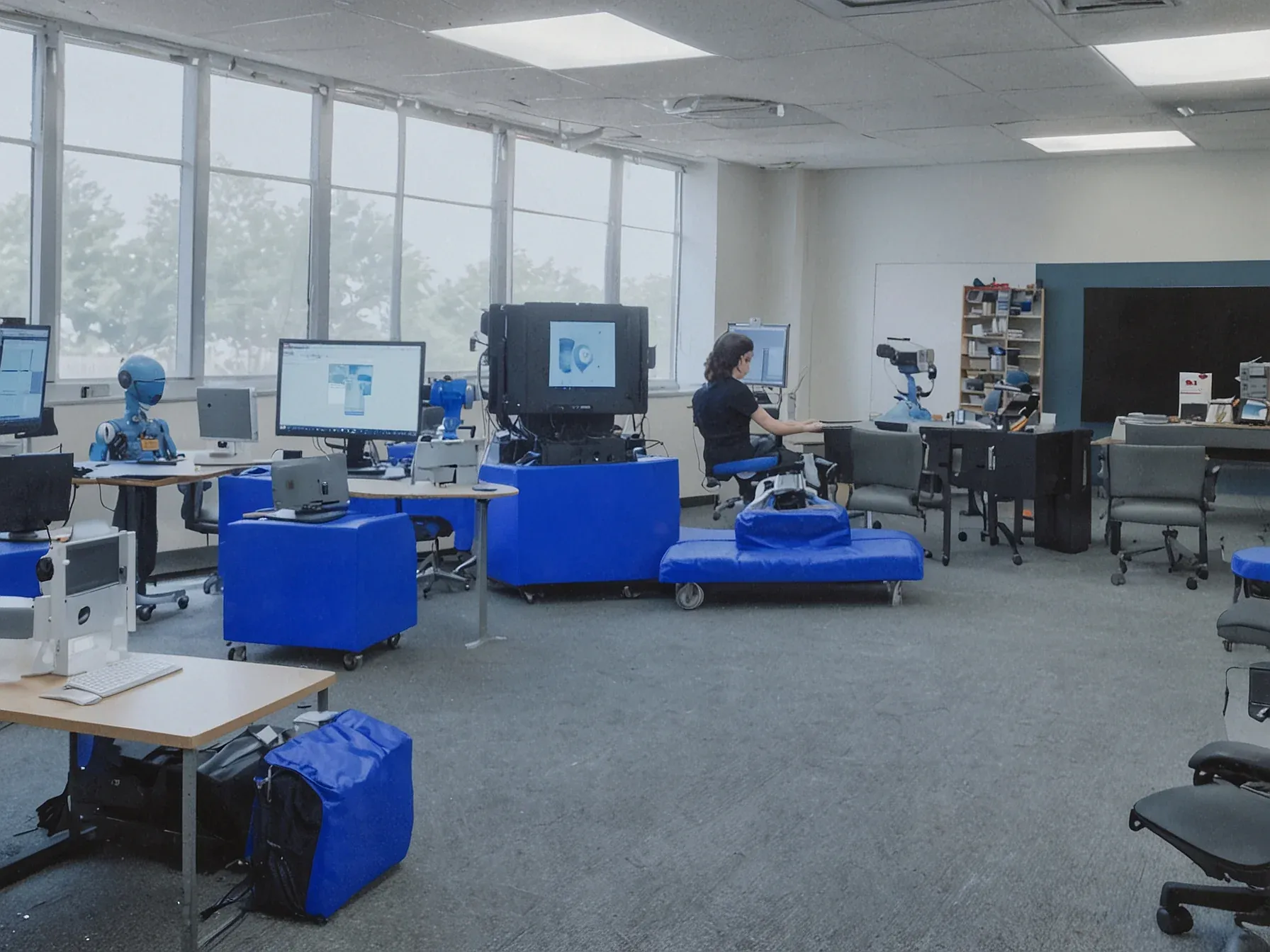
Understanding Machine Learning: From Theory to Algorithms – Free Must‑Read
If you’re scrolling through the endless list of AI recommendations, the “5 FREE Must‑Read Books for Every Machine Learning Engineer” feels like a rare, focused shortcut. The collection is curated for practitioners who need solid foundations without paying for pricey textbooks. Among the handful, one title stands out for its academic pedigree and practical relevance.
It’s not just another introductory guide; it tackles the very problem that keeps engineers up at night—turning raw data into reliable predictions. While the other selections cover tools and case studies, this book promises a methodical walk from the mathematics of learning to the algorithms that power today’s models. Here’s the thing: a clear, principled treatment can save weeks of trial‑and‑error in a production pipeline.
The quote below captures why the book earns its place on the list and why it might be the next page you turn.
*Understanding Machine Learning: From Theory to Algorithms* introduces machine learning in a rigorous but principled manner, starting from the core question of how to convert experience (training data) into expertise (predictive models). It bui
Understanding Machine Learning: From Theory to Algorithms Understanding Machine Learning: From Theory to Algorithms introduces machine learning in a rigorous but principled manner, starting from the core question of how to convert experience (training data) into expertise (predictive models). It builds from foundational theoretical ideas through to practical algorithmic paradigms. It gives an extensive account of the mathematics behind learning, addresses both the statistical and computational complexity of learning tasks, and covers algorithmic methods such as stochastic gradient descent, neural networks, structured output learning as well as emerging theory like PAC-Bayes and compression bounds.
Will free texts alone build expertise? The list underscores that theory, math and engineering can be accessed without cost, yet the article repeatedly stresses hands‑on practice as the true catalyst for learning. Understanding Machine Learning: From Theory to Algorithms, highlighted for its rigorous yet principled approach, promises to bridge the gap between raw data and predictive models, but the summary stops short of detailing how deeply it integrates code‑level examples.
Because the piece leans on personal anecdote—recalling a month of UI/UX study that produced little usable output—it suggests that reading, however comprehensive, may remain insufficient without project work. Consequently, the recommendation of five free books appears sensible for building a foundational library, yet unclear whether they collectively cover the breadth of modern tooling or emerging sub‑fields. Readers are left with a practical roadmap: acquire the texts, then immediately apply concepts to real‑world tasks.
Whether this combination will translate into competent machine‑learning engineers remains to be demonstrated through continued experimentation.
Further Reading
- Understanding Machine Learning: From Theory to Algorithms – Free Must-Read Book - The Hebrew University of Jerusalem
- Machine Learning Crash Course for Engineers – Free eBook - MRCE
- Neural Networks and Deep Learning – Free Online Book - Michael Nielsen
Common Questions Answered
What core question does "Understanding Machine Learning: From Theory to Algorithms" aim to answer?
The book seeks to answer how to convert experience, i.e., training data, into expertise, which means predictive models. It frames this transformation as the central challenge of machine learning and builds its exposition around it.
How does the book balance theoretical concepts with practical algorithmic paradigms?
It starts with foundational theoretical ideas and then progresses to practical algorithmic paradigms, offering an extensive account of the mathematics behind learning. This approach ensures readers understand both the statistical underpinnings and how they translate into real‑world algorithms.
Why does the article emphasize hands‑on practice even though the book is freely available?
The article argues that free texts alone may not build true expertise; hands‑on practice is described as the true catalyst for learning. Applying concepts in code and experiments solidifies the theory presented in the book.
Does the article specify whether the book includes detailed code‑level examples?
The article notes that the summary stops short of detailing how deeply the book integrates code‑level examples. Consequently, while the book is rigorous, the extent of its practical coding content remains unclear.




